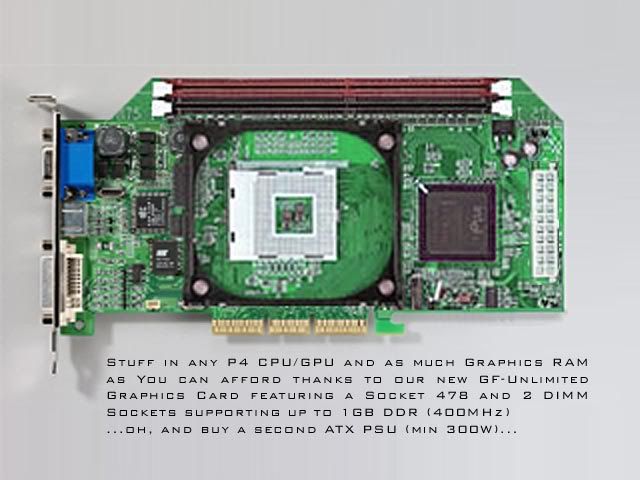Licno iskustvo, odn. misljenje (nakon godinu i po aktivnog CUDA programiranja, i dosta godina prethodnog rada sa raznim paralelnim tehnologijama):
Mislim da ce Larabee, i pored svih mogucih prednosti, imati tezak zadatak da bude prihvacen od strane programera, bar za GPGPU stvari, ako budu insistirali na svom API-ju. NVIDIA se sa CUDA-om vec nametnula, nudeci jednostavan, lako razumljiv API (uvek se setim reci prof. W. Mei Whu-a sa UIUC, kod svojim studentima na pocetku CUDA kursa - video-snimci ovih predavanja su inace javno raspolozivi, i verovatno najbolji materijal za ucenje CUDA-e - kaze nesto tipa "CUDA API je toliko jednostavan da cu vas sada za sat i po nauciti da pisete paralelne programe", i onda u principu to stvarno i uradi); tako da je na kraju i OpenCL, kao neki prvi pokusaj standardizacije API-ja za programiranje many-core arhitektura, ispao veoma slican CUDA-i. Znaci, u ovom segmentu, po meni Intel ima sanse samo ako ponudi znacajno bolje performanse i skalabilnost, a uz postovanje standardnih API-ja. Rekao bih da slicna stvar vazi i za domen racunarske grafike: ovde je stvar sto se API-ja tice jasna, tako da je jedino pitanje koji nivo podrske za OpenGL/Direct3D ce odgovarajuci Larabee drajveri da ponude, i kakav ce biti odnos performansi Larabee solucija u odnosu na tekucu NVIDIA/AMD ponudu. Tako da bih sve u svemu rekao da je moje misljenje da Intel moze da bude veoma zadovoljan ako uspe da uzme deo kolaca na trzistu, i da ce biti vrlo tesko, bar u prvom koraku, da Larabee-jem jednim potezom posve eliminise konkurenciju, na svim segmentima trzista.
Mislim da ce Larabee, i pored svih mogucih prednosti, imati tezak zadatak da bude prihvacen od strane programera, bar za GPGPU stvari, ako budu insistirali na svom API-ju. NVIDIA se sa CUDA-om vec nametnula, nudeci jednostavan, lako razumljiv API (uvek se setim reci prof. W. Mei Whu-a sa UIUC, kod svojim studentima na pocetku CUDA kursa - video-snimci ovih predavanja su inace javno raspolozivi, i verovatno najbolji materijal za ucenje CUDA-e - kaze nesto tipa "CUDA API je toliko jednostavan da cu vas sada za sat i po nauciti da pisete paralelne programe", i onda u principu to stvarno i uradi); tako da je na kraju i OpenCL, kao neki prvi pokusaj standardizacije API-ja za programiranje many-core arhitektura, ispao veoma slican CUDA-i. Znaci, u ovom segmentu, po meni Intel ima sanse samo ako ponudi znacajno bolje performanse i skalabilnost, a uz postovanje standardnih API-ja. Rekao bih da slicna stvar vazi i za domen racunarske grafike: ovde je stvar sto se API-ja tice jasna, tako da je jedino pitanje koji nivo podrske za OpenGL/Direct3D ce odgovarajuci Larabee drajveri da ponude, i kakav ce biti odnos performansi Larabee solucija u odnosu na tekucu NVIDIA/AMD ponudu. Tako da bih sve u svemu rekao da je moje misljenje da Intel moze da bude veoma zadovoljan ako uspe da uzme deo kolaca na trzistu, i da ce biti vrlo tesko, bar u prvom koraku, da Larabee-jem jednim potezom posve eliminise konkurenciju, na svim segmentima trzista.


